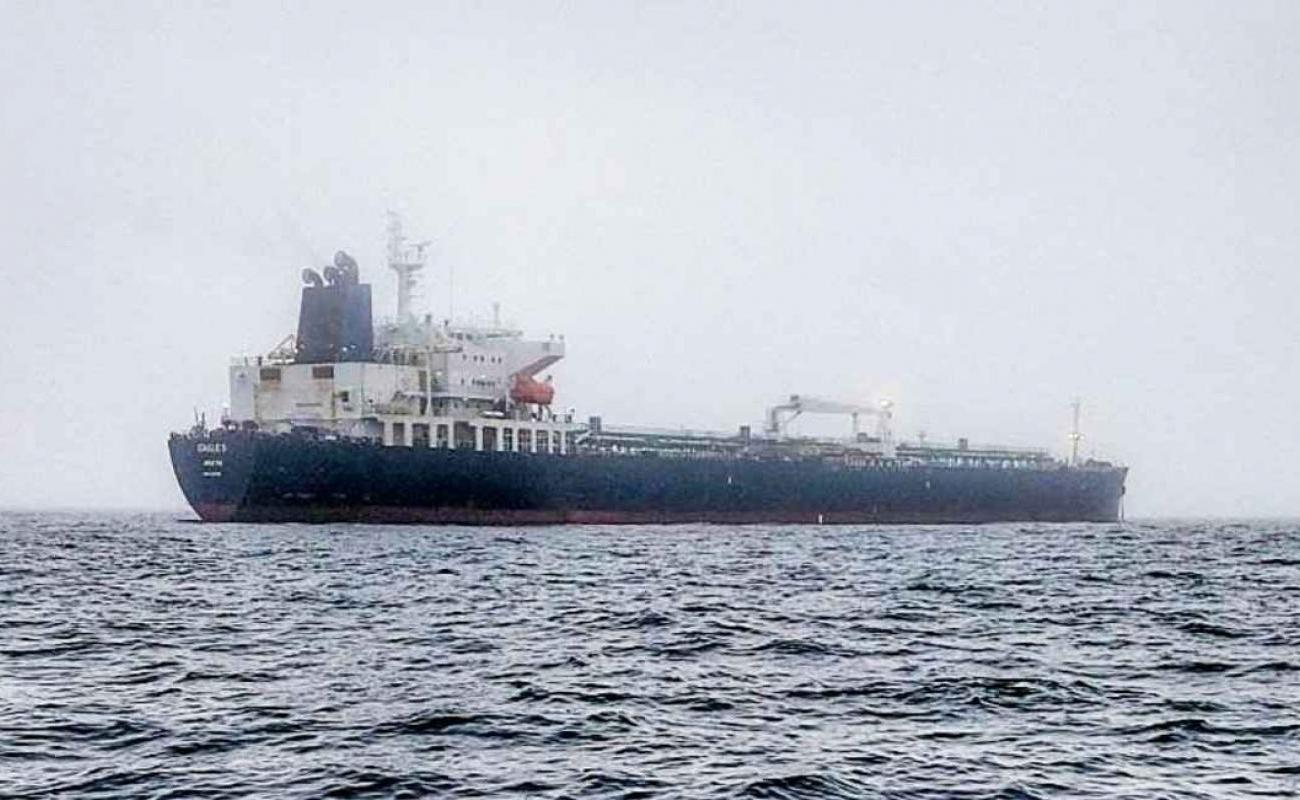Russia controls 1 in 5 “shadow fleet” oil tankers worldwide to dodge sanctions and fund war

Russia operates approximately 17% of all active oil tankers worldwide through its “shadow fleet,” according to analysis published by The New York Times.
The 940 aging vessels allow Moscow to sidestep Western sanctions and keep war funding flowing.
The fleet has exploded in size—up 45% in just one year, according to S&P Global Market Intelligence data cited by the Times. These aren’t legitimate commercial operations. They’re Moscow’s workaround.
How Russia avoids shadow fleet restrictions
Here’s how it works: Ships use sketchy insurance or sail without coverage entirely. They fly flags from third countries. Most importantly, they transmit false location data to hide where they loaded Russian crude.
“The sanctions don’t put them out of business,” maritime security expert Ian Ralby told the Times. “They put them out of legitimate business.”
The fleet emerged after Europe banned Russian seaborne oil imports in late 2022 in response to its full-scale aggression in Ukraine.
Moscow suddenly needed India and China to buy its oil instead of European customers. Those longer shipping routes to Asia required more vessels. Russia also wanted to dodge the $60-per-barrel price cap imposed by the G7, European Union, and Australia. The EU and Britain have since dropped that ceiling even lower.
The deception creates what the Times calls “plausible deniability” for oil buyers who can claim they didn’t know the cargo’s true origin.
Environmental and security threats of shadow fleet
“Lack of insurance combined with the really old vessels — this just increases the risk of environmental catastrophe,” Natalia Gozak, office director of Greenpeace Ukraine.
Western intelligence also suspects some vessels of underwater sabotage against pipelines and cables.
